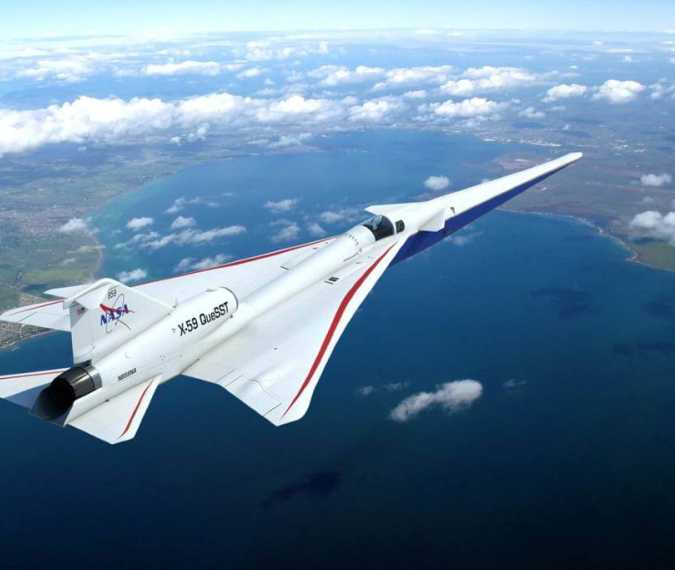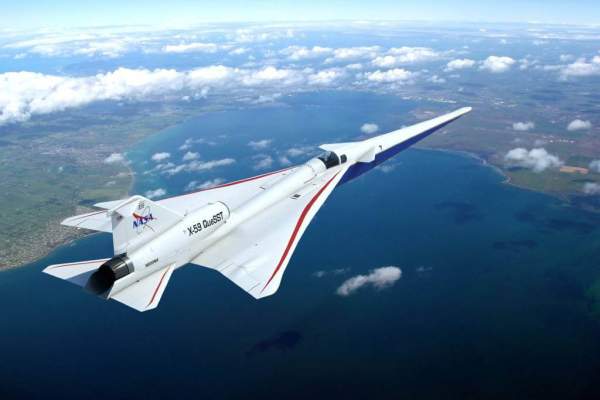
New York to London in 90 minutes? NASA exploring passenger jet that could do it
In an ambitious leap forward, NASA is vigorously advancing its exploration into the realm of supersonic travel. This venture is epitomized by the development of the X-59 jet under their Quesst mission, alongside an audacious endeavor envisioning a Mach 4 flight, set to revolutionize the journey from New York City to London, reducing it to a mere 90 minutes.
The quest to resurrect supersonic travel has captivated a multitude of innovators, spanning from the sleek contours of the Overture to the technological marvel that is the Spike S-512. Yet, amidst this bustling race, NASA's X-59 jet emerges as a beacon of progress. This endeavor is not just about speed; it's a challenge to the very constraints of sonic travel. Presently, commercial aircraft are bound by regulations that preclude speeds surpassing the sound barrier, primarily due to the disruptive sonic boom. The X-59, however, aims to redefine this paradigm. Should this aircraft succeed in its trials - traversing the skies above numerous American cities both quietly and safely, and garnering public approval - it could irreversibly transform the landscape of commercial aviation, making supersonic travel a new norm for swift and efficient journeys.
The intricate design of the X-59 is a symphony of engineering aimed at taming the sonic boom. Its streamlined form is meticulously crafted to disperse supersonic shockwaves, thereby transforming the disruptive boom into a mere “sonic thump.” Furthermore, its unique propulsion system, akin to those found in fighter jets, is strategically placed atop the aircraft, redirecting noise away from those on the ground. The aircraft's dimensions, at a length of 29.5 meters (about 99.7 feet) and a width of 9 meters (approximately 29.5 feet), are optimized for minimal air drag, courtesy of its “swept-back” wings.
Initially slated for a 2023 debut, the X-59's inaugural flight has been rescheduled to potentially as early as 2024, owing to a series of technical challenges. Over the past year, NASA has made significant strides, completing the jet's tail structure and its intricate electrical wiring. However, a series of integrated tests and a comprehensive flight readiness review remain on the checklist before the X-59 can grace the skies.

Photo: NASA
To put the potential impact of this technology into perspective, consider the current duration of a commercial flight from Los Angeles to New York City: approximately five hours. The advent of supersonic travel could slash this time by half, transporting passengers across the country in a breathtaking 2.5 hours.
In a separate but equally groundbreaking venture, NASA is pushing the envelope further by researching a flight from New York City to London at an astonishing speed of Mach 4, quadrupling the speed of sound. This theoretical marvel, borne from extensive market research, has identified 50 viable routes that could captivate potential travelers.
This research dovetails with the objectives of the Quesst mission. "These new studies will both refresh those looks at technology roadmaps and identify additional research needs for a broader high-speed range," elucidates Lori Ozoroski, the project manager for NASA’s Commercial Supersonic Technology Project. In essence, NASA's endeavors are not just about pushing the boundaries of speed but also about redefining the future of air travel, making it faster, more efficient, and accessible to a world constantly in motion.


